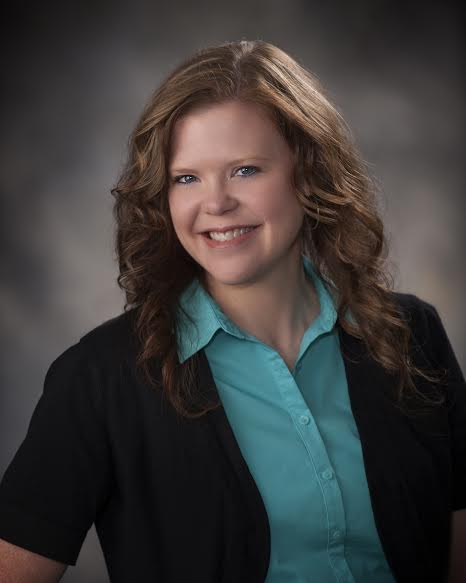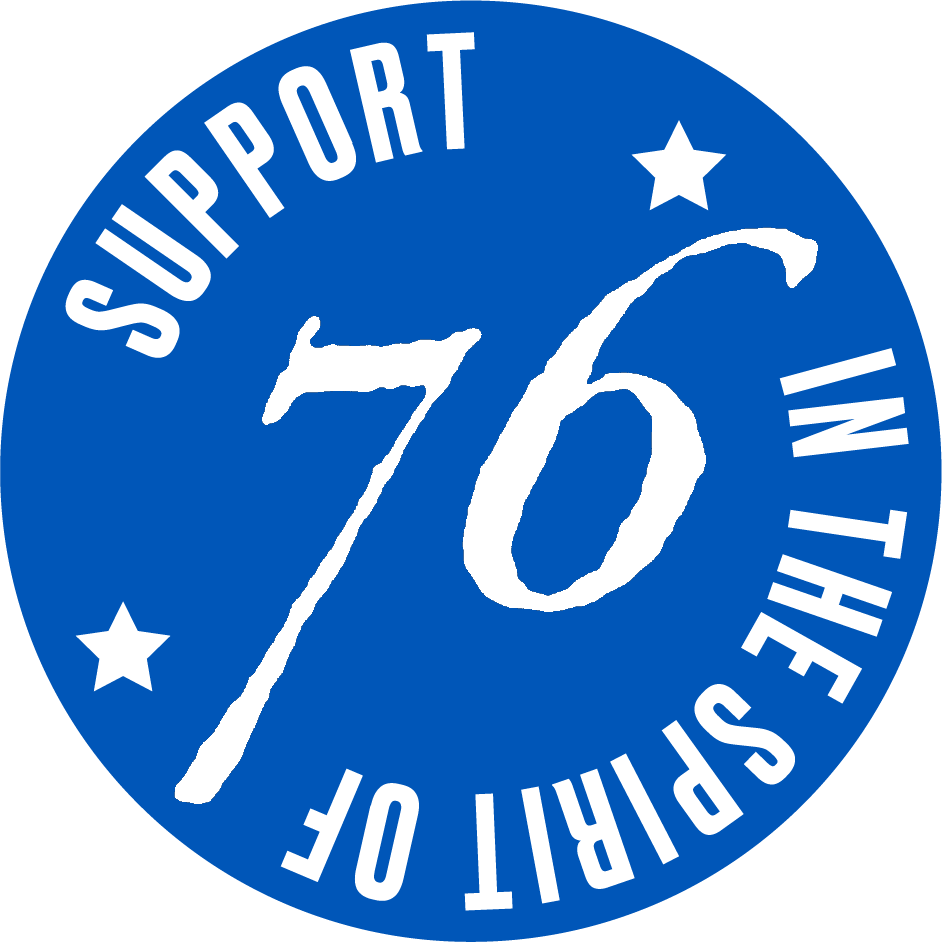Ashbrook Teacher Named Ohio History Teacher of the Year
December 24, 2020

When eighth grade social studies teacher Melanie Stuthard saw Ashbrook’s Master of Arts in American History and Government (MAHG) on a list of professional development opportunities circulated by the Ohio Department of Education, she realized it was exactly what she had looked for twelve years earlier, but could not find.

Pushed by state requirements then in place, Stuthard earned a Master’s of Education in 2001. “Mostly I felt like it was a repeat of what I already knew,” Stuthard said. She did not need to learn how to teach, because she was already an expert on motivating students to learn about America. However, she still felt unsatisfied, so in 2013 she began working toward her second MA — this time to strengthen her knowledge of American history and government through Ashbrook’s Master’s program.
The MAHG program was a perfect fit. To top off her first year in the program, The Gilder Lehrman Institute of American History has named Melanie the 2014 Ohio Social Studies Teacher of the Year.
At Revere Middle School in Bath, Ohio, a suburb of Akron, Stuthard teaches early American history (1607 to 1877), which she sees as an opportunity to impart essential skills to her students. She has asked teachers at the local high school if her course covers the topics students need to know. “They usually say my students are well-prepared, because they already see history as relevant to their lives.”
The MAHG program supports her own teaching approach, Stuthard says, because “it’s all primary source-based.” She uses primary documents “constantly” to teach the skills of historical analysis. “I ask my students to compare documents with different perspectives on the same topic.” She aims to “help them do their own analysis, without giving them [her] political perspective.”
Stuthard begins each year with a lesson on the Constitution. She gives students a chart listing the powers and functions of government. Then the students have to “dig into the Constitution to locate the Article and Section that specifies the power.” They must also find constitutional solutions to conflicts between branches of government, such as the president’s veto power and the legislature’s power to override it.
After this introductory unit, Stuthard’s students can better understand how colonial history “prepared the groundwork for the Founding.” This foundation also helps them follow current events.
Her emphasis on reading and research skills pays off when she takes her students to Washington, DC each spring. Ahead of the trip, each student chooses a site on the itinerary and prepares a report on it using a primary source and a photo or film presentation. Students get extra credit for conducting interviews. “Last year,” Stuthard said, “a student covering the Vietnam Memorial interviewed her uncle, who fought” in the Vietnam War. The project always generates excitement among the students and helps them get the most out of their tour of the capital.
Like other Ashbrook educated teachers, Stuthard says, “I can actually use what I learn in the Masters program” in the classroom. “At the eighth grade level I can’t use it all, but I can use excerpts [from] the primary documents” our professors bring to class. “Meanwhile the professors are filling in the blanks in my understanding of the historical context. I absolutely love the Ashbrook program!”

